Discover the breathtaking beauty of 11 incredible terrace fields around the world. Learn about the history, cultural significance, and sustainable agricultural practices that make these landscapes unique. Get inspired by the mesmerizing vistas and the hard work of the local communities who have nurtured these terraces for generations.
Introduction:
Terrace fields are a marvel of human ingenuity, transforming rugged landscapes into productive and sustainable agricultural wonders. These captivating agricultural terraces can be found in various corners of the globe, each offering a unique blend of natural beauty and cultural heritage. In this article, we will take you on a journey to explore 11 incredible terrace fields that will leave you in awe. From the vast rice terraces of Asia to the stunning stepped formations in South America, each location tells a tale of human perseverance and harmony with nature.
11 Incredible Terrace Fields: Awe-Inspiring Landscapes
The Banaue Rice Terraces of the Philippines:
Unravel the splendor of the Banaue Rice Terraces, often referred to as the “Eighth Wonder of the World.” Carved into the mountains of Ifugao by indigenous people over 2,000 years ago, these terraces continue to be cultivated to this day. Learn how traditional farming methods have sustained the region’s cultural identity and livelihood.
The Majestic Yuanyang Rice Terraces of China:
Immerse yourself in the serene beauty of the Yuanyang Rice Terraces in Yunnan, China. These UNESCO World Heritage-listed terraces showcase the Hani people’s expertise in harnessing the mountainous terrain for rice cultivation. Discover the breathtaking sunrise views that transform the landscape into a canvas of vibrant colors.
The Sublime Tegalalang Rice Terraces of Bali:
Step into the emerald-green paradise of the Tegalalang Rice Terraces in Bali, Indonesia. Witness the harmonious coexistence of the terraced paddy fields with coconut trees and lush vegetation. Gain insight into the traditional irrigation system called “Subak,” which epitomizes Bali’s philosophy of Tri Hita Karana.
The Enchanting Longji Rice Terraces of China:
Venture into the Longji Rice Terraces, also known as the Dragon’s Backbone, in Guangxi, China. Admire the architectural prowess of the Zhuang minority in creating these layered rice terraces that resemble the scales of a dragon. Explore the rich cultural heritage of the local communities and their customs.
The Captivating Ifugao Rice Terraces of the Philippines:
Embark on a journey to the Ifugao Rice Terraces in the Philippines, a testament to the Ifugao people’s skill in terrace farming. Delve into the myths and legends surrounding these terraces and understand their integral role in the spiritual beliefs of the indigenous communities.
The Ethereal Sa Pa Rice Terraces of Vietnam:
Discover the magical beauty of the Sa Pa Rice Terraces in Vietnam, nestled amidst the Hoang Lien Son Mountains. Experience the unique lifestyle of the ethnic minority groups, such as the Hmong and Dao, who have sustained these terraces for centuries.
The Picturesque Jatiluwih Rice Terraces of Bali:
Unearth the natural wonders of the Jatiluwih Rice Terraces, a UNESCO World Heritage Site in Bali, Indonesia. Unwind in the tranquility of this landscape, where farmers have embraced organic farming practices to preserve the ecological balance.
The Striking Cascate del Mulino in Italy:
Be enchanted by the Cascate del Mulino, a series of natural thermal terraces in Tuscany, Italy. Relax in the warm waters that cascade down the terraces, providing a unique and therapeutic experience for visitors.
The Marvelous Duoyishu Rice Terraces of China:
Marvel at the scenic beauty of the Duoyishu Rice Terraces in Yunnan, China. Adorned with a dramatic backdrop of mountains, these terraces present an exquisite panorama, especially during sunrise and sunset.
The Cultural Taniwha Terraces of New Zealand:
Learn about the Taniwha Terraces, an extraordinary example of geothermal terrace formations in New Zealand. Unearth the cultural significance of these terraces to the Māori people and their connection to the land and mythology.
The Enigmatic Moray Terraces in Peru:
Explore the enigmatic Moray Terraces in Peru, a striking archaeological site believed to have been an agricultural laboratory for the Inca Empire. Unravel the mysteries of the terraced concentric circles and their possible astronomical significance.
FAQs about 11 Incredible Terrace Fields
Q: How were the Banaue Rice Terraces of the Philippines created? A: The Banaue Rice Terraces were hand-carved by the indigenous Ifugao people over two millennia ago, using simple tools and the knowledge of natural contours. They reflect the Ifugao’s sustainable agricultural practices and cultural heritage.
Q: Are the Yuanyang Rice Terraces of China a UNESCO World Heritage Site? A: Yes, the Yuanyang Rice Terraces have been recognized as a UNESCO World Heritage Site since 2013 for their cultural significance and breathtaking landscapes.
Q: What is the significance of the “Tri Hita Karana” philosophy in Bali’s Tegalalang Rice Terraces? A: The “Tri Hita Karana” philosophy emphasizes harmony between humans, nature, and the divine. In the context of the Tegalalang Rice Terraces, it underscores the coexistence of agriculture, nature, and spirituality in Balinese culture.
Q: Can visitors trek through the Longji Rice Terraces in China? A: Yes, the Longji Rice Terraces offer various trekking routes for visitors to explore the stunning landscapes and experience the Zhuang minority culture.
Q: How do the Sa Pa Rice Terraces in Vietnam benefit the local communities? A: The Sa Pa Rice Terraces provide a source of livelihood for the ethnic minority groups in the region. Tourism has also contributed to the local economy, offering opportunities for cultural exchange and sustainable development.
Q: What makes the Cascate del Mulino in Italy unique? A: The Cascate del Mulino is a natural thermal spring that forms a series of terraced pools. Visitors can enjoy a natural spa experience in the warm, therapeutic waters, which is both relaxing and rejuvenating.
Conclusion:
The 11 incredible terrace fields presented here are more than just agricultural wonders; they are testaments to human innovation, cultural heritage, and environmental stewardship. These landscapes embody the harmonious relationship between humanity and nature, showcasing the beauty that can be achieved through sustainable practices. As you embark on your own exploration of these remarkable terrace fields, remember to appreciate the hard work and dedication of the communities who have nurtured these landscapes for generations.

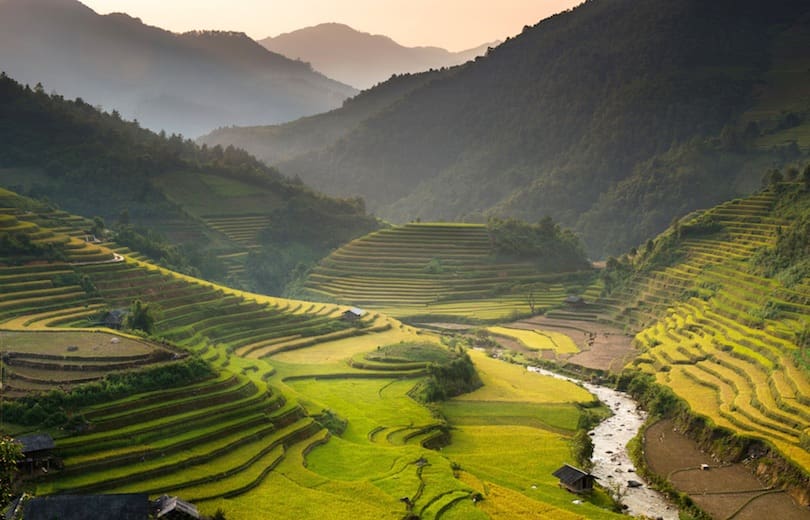






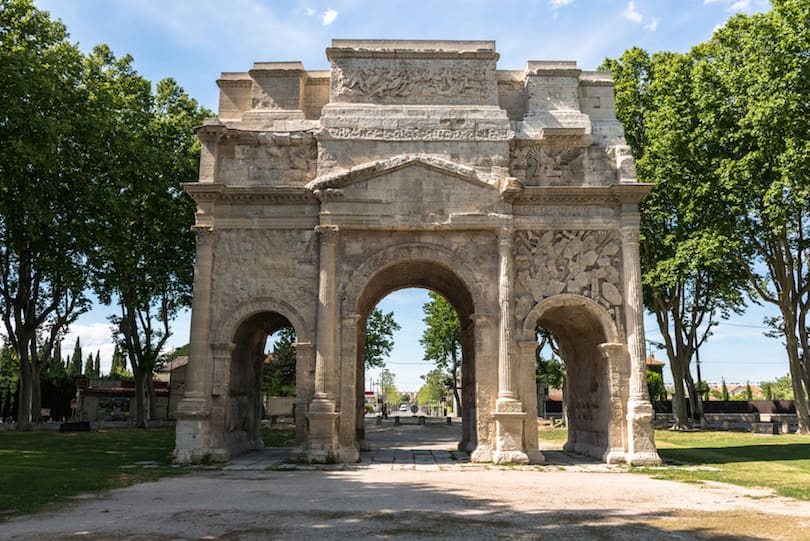

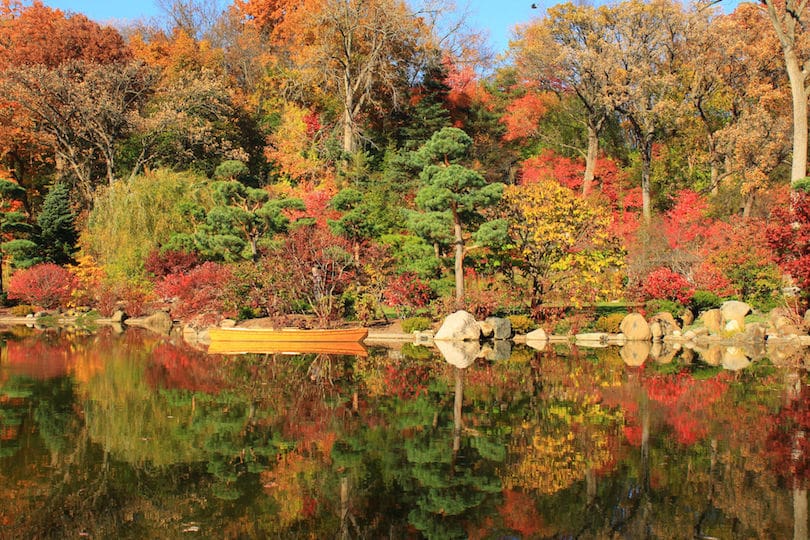

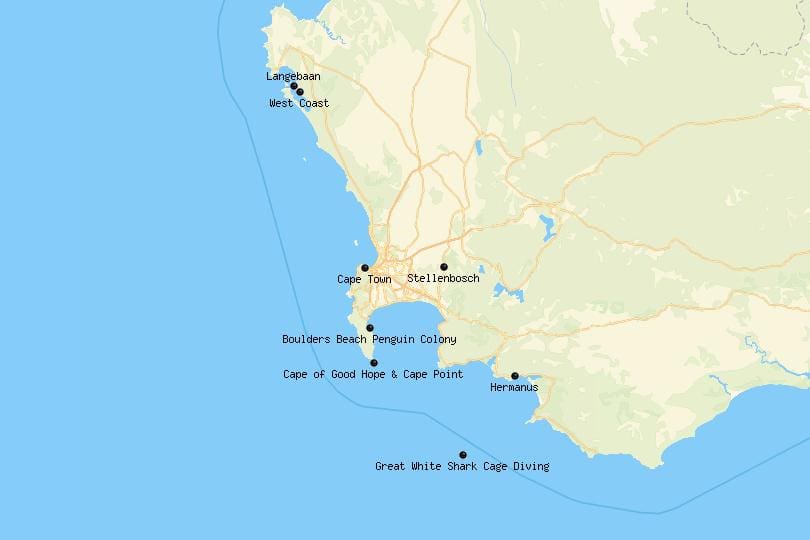
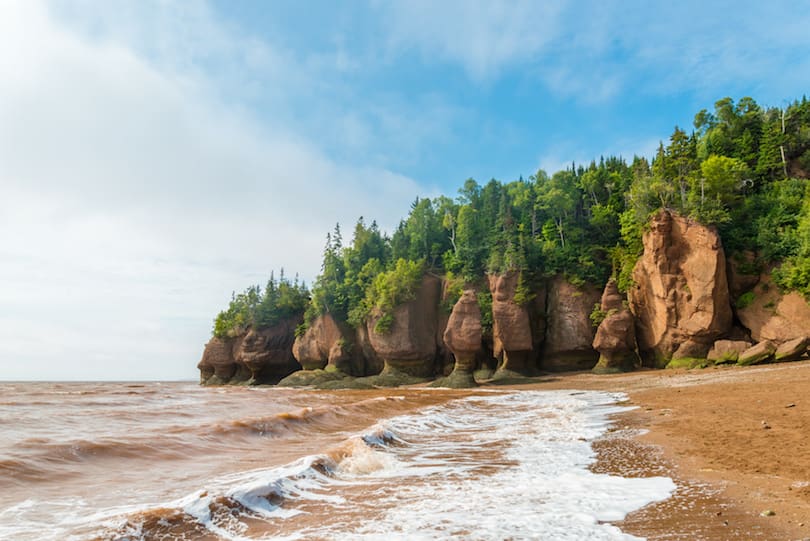
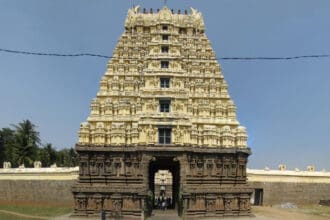



Hello there! Quick question that’s completely off topic. Do you know how to make your site mobile friendly? My weblog looks weird when browsing from my apple iphone. I’m trying to find a template or plugin that might be able to fix this problem. If you have any suggestions, please share. Thank you!
Este site é realmente incrível. Sempre que consigo acessar eu encontro coisas diferentes Você também vai querer acessar o nosso site e descobrir detalhes! conteúdo único. Venha descobrir mais agora! :)
You are my intake, I own few blogs and often run out from brand :). “No opera plot can be sensible, for people do not sing when they are feeling sensible.” by W. H. Auden.